
Gregory Buck tries to figure things out in pure and applied mathematics, physics, biology, biochemistry, and computation. Specific areas of interest include physical knot theory, celestial mechanics, enzyme/DNA interactions, and evolution.
Computation and Visualization
One of the neat ideas to come out of physical knot theory is to give a knot or link some kind of physical characteristic that can be interpreted as a kind of energy, and to then minimize that energy, leading to canonical conformations of the knots. (An analogy in geometry: the sphere is the shape with the minimum surface area enclosing a given volume). For example make a knot self-repulsive but keep the length fixed — which shape minimizes the self-repulsion? Software tools have been developed that let us compute and see these canonical conformations.
These ideas are codified in some of the articles available on this site. A group led by Keenan Crane made great use of the energy introduced in this paper. They found remarkably effective ways to compute the energy and evolve conformations, and wonderful applications. Here is a video from this group that describes their approach.
The amazing KnotPlot, by Rob Scharein, which is available for most operating systems, lets you build knots and manipulate them, as well as imbue them with several different sorts of energies, and evolve to minimize energy. It can do so many other things as well. The KnotPlot site has an extensive collection of visualizations, including ones resulting from the energy introduced in this paper.

Ken Brakke’s Surface Evolver, has the capability of evolving knots (strings) as well as surfaces, and has several knot energy routines, including for energies introduced in articles on this site.
Morwen Thistlethwaite used routines in Surface Evolver for energies we introduced to compute beautiful symmetric conformations for many knot-types. The symmetries were known to exist for theoretical reasons, but the conformations had not been seen before taking this approach.
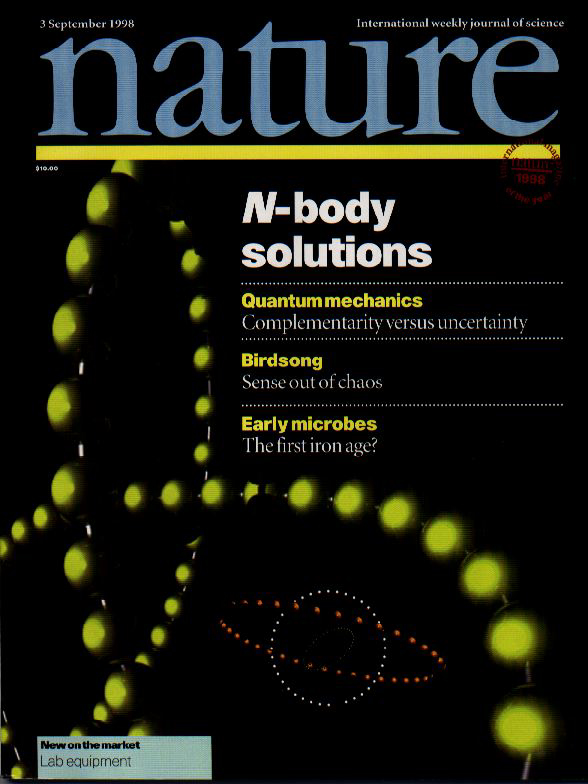
Most smooth closed space curves contain approximate solutions of the n-body problem
These approximate solutions to the gravitational n-body problem are like a closed string of pearls where pearls chase each other along the string, and there is actually no string. The surprising part is that the construction works on any smooth closed curve. So there are an infinite number of these approximate solutions.
Here is a pdf of the article. Here is a link to the article at nature.com. Here is a News and Views piece about the work by Donald Saari: Orbits of all Sorts
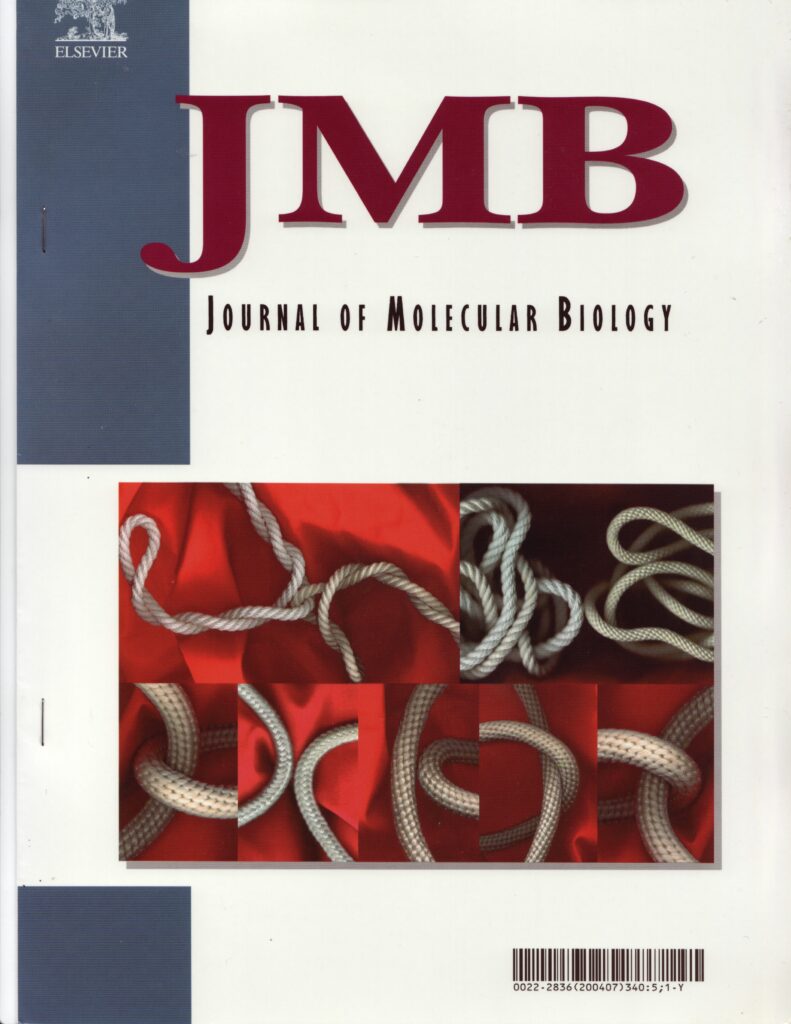
DNA Disentangling by Type-2 Topoisomerases
The enzyme topoisomerase detangles DNA. A possible puzzle is how the enzyme determines where to act, since it might also tangle instead of detangle. This paper solves the puzzle by showing that a kind of geometrical recognition is possible, that local information can give clues to global topology. This is work with E. Lynn Zechiedrich, the inspiring molecular biologist.
Here is a pdf of the article: DNA Disentangling by Type-2 Topoisomerases

Four-thirds power law for knots and links
If you have a given length of rope, what is the most complex knot you can tie with that amount of rope? Here we show there is a fundamental relationship between the crossing number of a knot, the number of crossings in a planar diagram of the knot, and how much rope it would take to tie the knot. This is the first proof of the fact that there are a finite number of knots you can tie with a finite length of rope. Jon Simon had a very strong influence on this work.
Here is a pdf of the article. Here is a link to the article at nature.com.
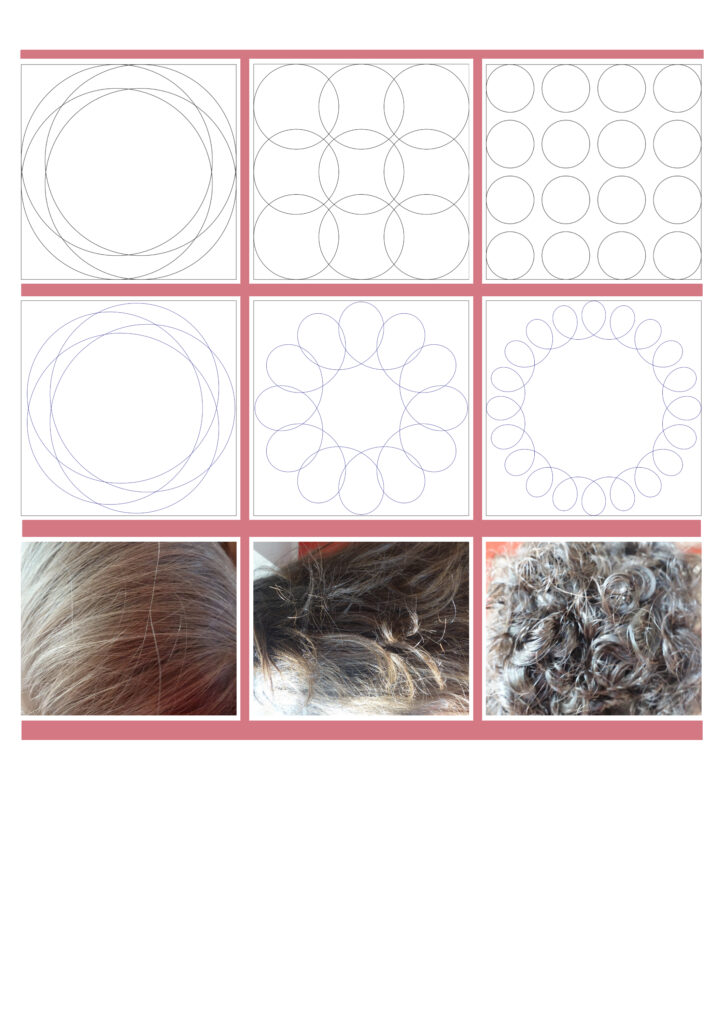
The role of curvature in entanglement
This paper tells you, at least theoretically, which sort of hair is most likely to tangle.

A Simple Energy Function for Knots
Here we introduce an energy function for knots, which makes it self repulsive, so it spreads out as much as it can, giving a very nice 3D position. This energy was used by in some awesome ways recently by a group led by Keenan Crane. This is work with Jeremy Orloff.

The spectrum of filament entanglement complexity and an entanglement phase transition
This work categorizes all knotting and linking by the rate of entanglement as the string grows longer. We find a phase transition between linear and non-linear rates of entanglement. This is work with Jonathan Simon.
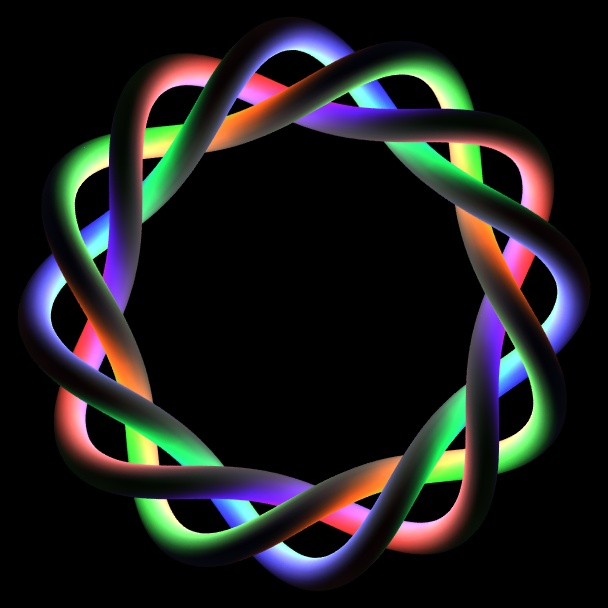
Accessibility and occlusion of biopolymers, ray tracing of radiating tubes, and the temperature of a tangle
If you imagine a space curve (like a knot or link) to be a radiating tube, like an incandescent light bulb filament, some of the energy leaving the filament impinges on another part of the filament. So the most efficient filament position is the most spread out, just like we open our arms when we are hot, and wrap them around ourselves when we are could. This leads to an energy function for knots. This is work with Jeffrey Schnick and Rob Scharein.

Total curvature and packing of knots
In an early result in physical knot theory, Milner showed that tying a knot required at least 4 Pi in curvature. People (including Milner) tried to extend the result (without success), hoping that more complexity would require more curvature. The result here provides the missing element — the complexity is bounded by the product of the total curvature and the ropelength. This is work with Jonathan Simon.
Writings Without Equations
| The 85 Ways to Tie a Tie, by Thomas Fink and Yong Mao Book Review in Nature |
| Arabesques: Decorative Art in Morocco, by Jean-Marc Castera Book Review in Science |
| Why Knot? (Vintage article in young adult science magazine) pdf |
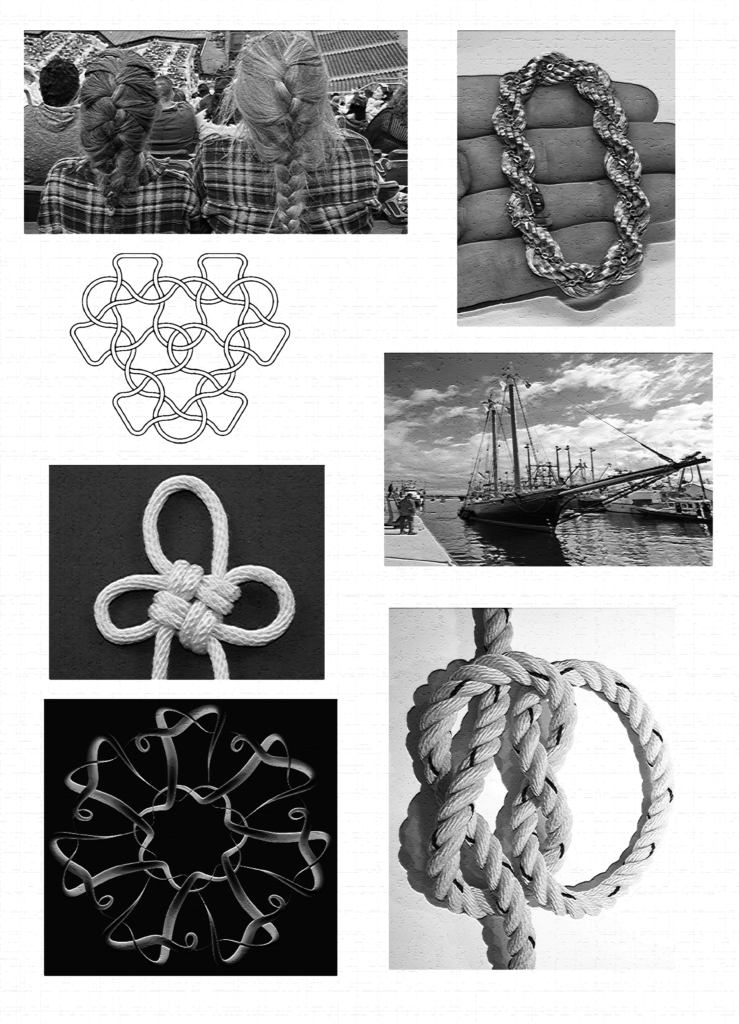
Videos
For more videos here is a link to Greg’s youtube channel.
A self-tying knot. This evolution is a screenshot from the software Knotplot.
This is also KnotPlot. In each of these videos we begin with a strictly planar initial conformation.
Self-linking. In each of these videos, two sorts of inverse law forces are acting on the strings — a higher inverse power repulsive force and a lower inverse power attractive one.
This makes the strings globally attractive — they want to stay in some proximity of one another, but locally repulsive so won’t pass through one another.
Gregory Buck is Professor of Mathematics at Saint Anselm College. [email protected]


